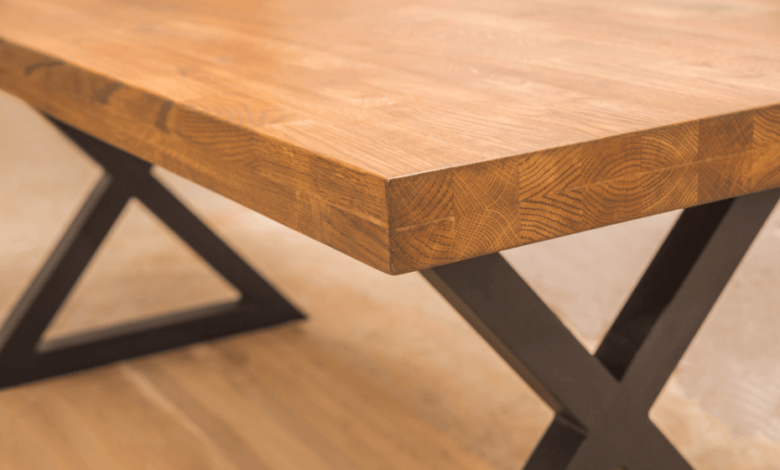Choosing the Right Block Wood for Your Dining Table: 6 Factors to Consider

Selecting the ideal block wood for your dining table involves careful consideration of several key factors to ensure both aesthetic appeal and functional durability. Each type of wood brings its own unique characteristics, ranging from grain patterns to durability and maintenance requirements. This article outlines six essential factors to guide you in choosing the right block wood for your dining table, helping you make an informed decision that aligns with your preferences and lifestyle.
1. Wood Species
The type of wood species significantly influences the appearance and durability of your dining table. Common options include oak, maple, walnut, cherry, and mahogany, each with distinct grain patterns and colors. Oak, for example, is known for its prominent grain and durability, while walnut offers a rich, dark hue. Consider the overall aesthetic you wish to achieve and the level of maintenance each wood species requires.
2. Durability
Durability is a crucial factor, especially for furniture that sees daily use like a dining table. Different wood species vary in hardness and resistance to scratches, dents, and moisture. Hardwoods such as maple and oak are renowned for their durability and ability to withstand wear and tear, making them ideal for high-traffic areas. Softwoods like pine may require more upkeep but can offer a rustic charm if properly treated.
3. Grain Pattern
The grain pattern of the wood contributes significantly to its visual appeal. Some woods, like oak and ash, feature pronounced grain patterns that add character and texture to the table’s surface. Others, such as maple and cherry, have smoother grain patterns that lend themselves well to a more uniform appearance. Consider how the grain pattern complements your dining room decor and personal style preferences.
4. Color and Finish
The natural color of the wood and the finish applied can dramatically impact the look of your dining table. Lighter woods like maple and ash create a bright, airy feel, while darker woods such as walnut and mahogany add warmth and richness to the space. Choose a finish that enhances the wood’s natural beauty and provides protection against spills and scratches, ensuring longevity and easy maintenance.
5. Cost and Budget
Wood selection for your dining table should align with your budget and investment goals. Hardwoods like walnut and cherry tend to be more expensive due to their durability and aesthetic appeal. Softwoods like pine and fir offer a more affordable option without compromising on style, though they may require more frequent maintenance to preserve their appearance over time. Consider the long-term value and quality when determining your budget.
Read also: How Custom Home Builders Can Turn Your Vision into a Personalized Masterpiece ?
6. Environmental Considerations
For environmentally conscious consumers, sustainability and sourcing practices are critical factors. Look for wood certified by organizations like the Forest Stewardship Council (FSC), which ensures responsible forest management and promotes ethical sourcing practices. Choosing sustainably harvested wood not only supports conservation efforts but also guarantees that your dining table is made from materials that are renewable and environmentally friendly.
Conclusion
Choosing the right block wood for your dining table involves weighing various factors such as wood species, durability, grain pattern, color, cost, and environmental considerations. By carefully evaluating these factors and considering your personal preferences and lifestyle, you can select a wood that not only enhances your dining room decor but also withstands the test of time. Whether you prioritize durability, aesthetic appeal, or sustainability, the right block wood will transform your dining space into a stylish and functional centerpiece for years to come.







